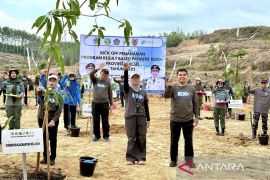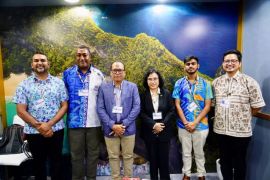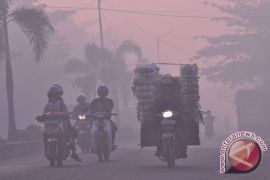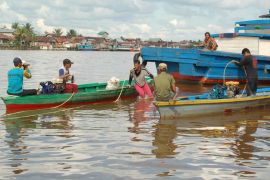"The Ministry of Forestry will upload the maps to their website and hold workshops to get public input, starting next week," Kuntoro Mangkusubroto, the task force chief, said on the sidelines of the UN climate summit in Durban, South Africa, Thursday, as reported by CIFOR (Center for International Forestry Research) on its website.
This is the first update of the Indicative Moratorium Map (IMM) which is required to be reviewed and revised every six months.
The Indonesian Government`s announcement of the moratorium in May was greeted with dismay by elements of the business community, who expressed fears that a curtailment of economic growth would result from the moratorium`s limitations on forest-based development opportunities. Meanwhile, environmentalists were disappointed by the narrow scope of the moratorium and its many exclusions and exceptions.
A recent study by CIFOR found that the additional area given protection under the moratorium is at most 22.5 million hectares (Mha), which consists of 7.2 Mha of primary forests, 11.2 Mha of peatlands and 4.1 Mha that fall into neither of these categories.
A continually updated indicative map will be an important tool for public scrutiny and a mechanism to further secure and possibly increase the area covered by the moratorium, the study said further.
The Ministry of Agriculture is taking the lead in checking the location of the peatlands on the ground, said Heru Prasetyo, a member of the REDD+ task force. The task is about 80 percent completed, with some results included in the first revision of the map and the rest in the next one, he added.
The moratorium`s application to peatlands is likely to generate the most significant environmental benefits because of their large carbon storage capacity, according to the CIFOR study. Carbon from peatlands contributes 74 percent to the total forest soil pool in Indonesia, according to a study published in the journal Global Change Biology earlier this year.
The two-year moratorium, which started 20 May 2011, is part of an agreement that could see Norway provide up to US$1 billion to Indonesia under the Reducing Emissions from Deforestation and forest Degradation (REDD+) scheme to help it meet a pledge by President Susilo Bambang Yudhoyono to cut its climate change emissions by up to 41 percent by 2020.
Indonesia plans to use the two-year period to consolidate various maps used by different ministries to produce a single map for future reference, said Mangkusubroto.(*)
HAJM/F001
Editor: Jafar M Sidik
Copyright © ANTARA 2011







